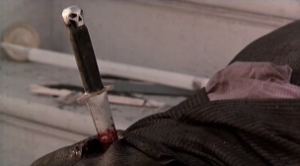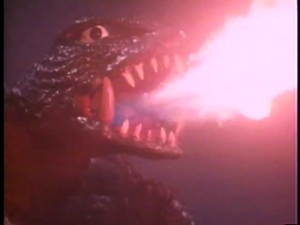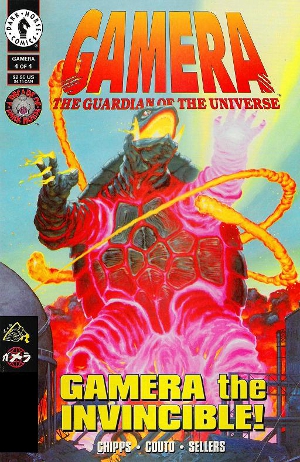
Hold on to your butts, people. This is a weird one, with an even weirder history than your average cult classic. Produced in association with Henry G. Saperstein’s United Pictures, War of the Gargantuas took four years to get to the American drive-in circuit, where it premiered on a double bill with Godzilla vs. Monster Zero. Like that film, Gargantuas features a Token American in the lead (Russ Tamblyn), supported by two instantly recognizable (to me at least) Honda Repertoire Company vets (Kenji Sahara and Kumi Mizuno). But unlike Monster Zero, Gargantuas is a much more grounded, much more traditional kaiju flick – arguably more so than its almost-prequel, Frankenstein Conquers the World.
That film (for anyone who doesn’t know/remember) concerned a team of scientists who happened upon a street urchin who once devoured the immortal heart of Frankenstein’s monster, irradiated by a nuclear blast after Nazi scientists shipped it to a Hiroshima during the last days of World War II. Said devouring ballooned the street urchin – which everyone pretty much just started calling “Frankenstein” – up to Ultraman-ish proportions, bringing him into inevitable conflict with the Japan’s military Self Defense Forces and roving, wild dinosaur population. Continue reading War of the Gargantuas (1966)







